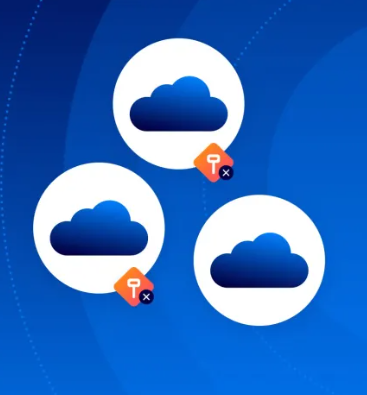
In recent years, the web security landscape has grown increasingly complex. Cyberattacks are not only more frequent but also more advanced, prompting IT leaders to rethink their defense strategies. With each passing year, the conversation around cybersecurity becomes more critical—not just for enterprise technology officers, but for any organization operating online.
How Cyber Threats Have Changed Over Time
A decade ago, launching a cyberattack required a certain level of technical know-how. Hacking communities operated in obscure corners of the web, and carrying out an attack involved understanding network protocols and system behavior. Fast forward to today, and the barrier to entry has dropped significantly.
Now, with just a few clicks and no coding skills, anyone can join an attack campaign using open-source tools like Low Orbit Ion Cannon. Even more concerning is the emergence of “Hacking as a Service” (HaaS), where would-be attackers can hire professionals to carry out sophisticated breaches for as little as $25 an hour. These developments have made cybercrime more accessible than ever.
Why Web Security Is a Top Priority for Businesses
The widespread availability of attack tools has led to a surge in threats targeting websites, networks, and online applications. Whether it’s to prevent data theft, service disruptions, or website defacements, strengthening cybersecurity is now a top business priority.
Attackers typically fall into two broad categories:
1. Opportunistic Attacks
These attacks exploit known weaknesses in widely-used software and platforms. They’re often automated, launched at scale, and designed to extract value quickly with minimal effort. Since these attacks are not tailored to a specific target, they focus on volume rather than stealth.
2. Targeted Attacks
In contrast, targeted attacks are deliberate and methodical. Carried out by skilled threat actors or organized groups, these operations aim to breach a specific organization, often for financial gain, espionage, or sabotage. Targeted attacks tend to be stealthy and difficult to detect, employing custom methods that can penetrate multiple layers of security—from the application layer to DNS infrastructure.
Trends and Emerging Threat Vectors
The increase in both volume and complexity of attacks is well-documented. According to recent findings, there has been a:
- 16% rise in infrastructure-level DDoS attacks
- 38% surge in application-layer DDoS incidents
What’s even more alarming is the continuous innovation in attack techniques. A notable example is the Memcached reflection attack used against GitHub in 2018, which set a record for the largest DDoS attempt at the time. Although GitHub had effective defenses in place, the incident served as a wake-up call for the industry.
New threats now target APIs, cloud services, and even network routing protocols. Because there’s no fixed list of known vulnerabilities, attackers constantly develop novel tactics to exploit weak spots across the digital ecosystem.
The Role of WAF in Modern Cyber Defense
In this dynamic threat environment, having a robust Web Application Firewall (WAF) is essential. While traditional on-premise WAFs once served as the standard, cloud-based WAF solutions are quickly becoming the preferred option—especially for businesses with a significant online presence.
A cloud-based WAF offers several advantages:
- Edge-level protection: Blocks threats before they reach your core infrastructure.
- Continuous uptime: Reduces the risk of service disruption, which can damage reputation and revenue.
- Scalable defense: Adapts to traffic surges and evolving attack methods without manual intervention.
- Perimeter-wide coverage: Shields all digital assets, including APIs and web applications.
Staying Ahead in a Constantly Shifting Landscape
Security threats are no longer occasional annoyances—they’re persistent challenges that evolve with technology itself. As tools become more accessible and attacks more creative, IT leaders must prioritize security strategies that offer adaptability and resilience.
Implementing solutions like cloud-based WAFs can be a strong line of defense, but staying informed and proactive remains just as important. In today’s threat landscape, cybersecurity is not just an IT concern—it’s a critical business function.












